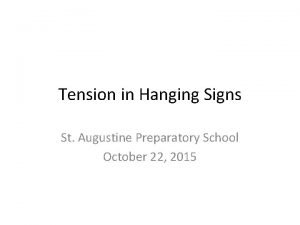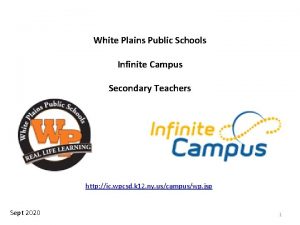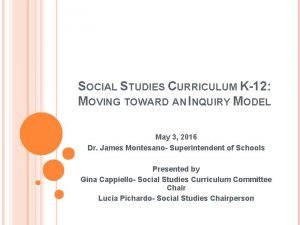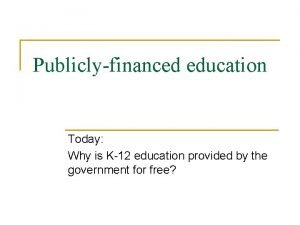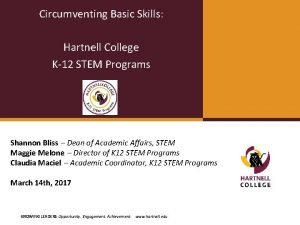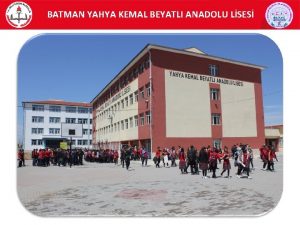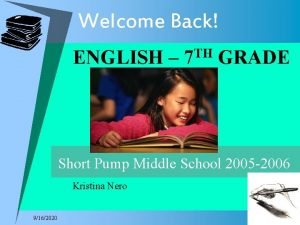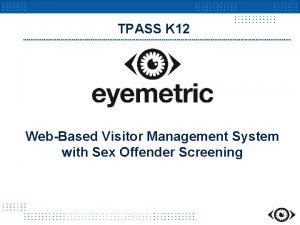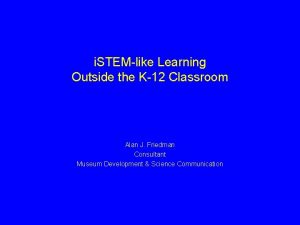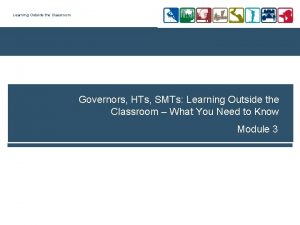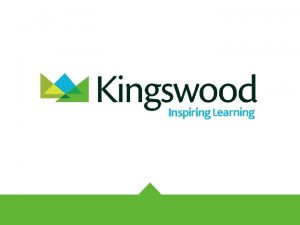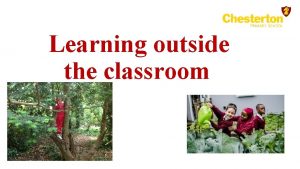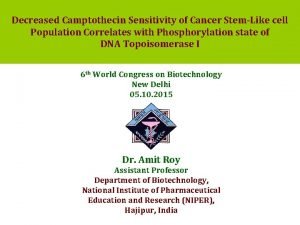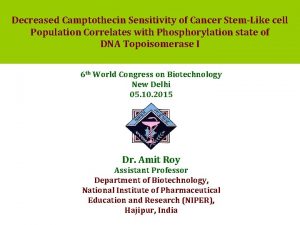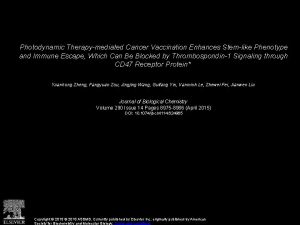i STEMlike Learning Outside the K12 Classroom Alan













- Slides: 13

i. STEM-like Learning Outside the K-12 Classroom Alan J. Friedman Consultant Museum Development & Science Communication

STEM learning can happen outside the K-12 classroom: Informal Science Education = Learning during the 95% of our lives which we spend outside the formal education system = Also called “free choice learning, ” because learners set their own agenda = Includes aquariums, museums, zoos, botanic gardens, and visitor centers, plus television, magazines, books, libraries, the Internet = 61% of all US adults visit an ISE institution at least once a year Alan J. Friedman, Consultant 2

How does ISE define STEM and i. STEM? =Largely, ISE does not make use of either term in describing individual learning programs =ISE is normally and happily multi- or interdisciplinary =ISE activity uses topics or issues as distinguishing rubrics (e. g. , climate change, visual perception, bridge stability) in place of STEM or STEM sub-disciplines =There might be some lessons for K-12 i. STEM in how ISE works and how it is evaluated Alan J. Friedman, Consultant 3

CW from top left: Vancouver BC, Paris FR, Duxford UK, Richmond VA, Indianapolis, IN Alan J. Friedman, Consultant 4

“Mine Games” -- a broadly interdisciplinary exhibition from Science World in Vancouver Alan J. Friedman, Consultant 5

“Citizen Science” – typically issue-based interdisciplinary investigations performed by members of the public with research scientists Alan J. Friedman, Consultant 6

SENCER – undergraduate courses at 300+ colleges exploring civic issues amenable to interdisciplinary STEM investigations Alan J. Friedman, Consultant 7

If not STEM disciplines, what rubrics do these activities use as learning targets? Six potential strands for impact Potential indicators of these impacts: Awareness, knowledge, or understanding Engagement or interest Attitude Behavior Skills Other Adapted from the National Science Foundation’s Framework for Evaluating Impact of Informal Science Education Projects, Friedman et. al. , 2008, www. insci. org/docs/Eval_Framework. pdf Alan J. Friedman, Consultant 8

The NRC Study of Informal Learning produced a similar list of rubrics Six possible strands for impact Potential indicators of these impacts: Develop interest in STEM Understand STEM knowledge Engage in STEM reasoning Reflect on STEM Engage in the practice of STEM Identify with the STEM enterprise Adapted from the National Research Council’s report, Philip Bell, Bruce Lewenstein, Andrew W. Shouse, and Michael A. Feder, eds. , Learning Science in Informal Environments: People, Places, and Pursuits, 2009 Alan J. Friedman, Consultant 9

Tensions resulting from ISEs’ use of these categories instead of traditional STEM disciplines =Mathematics is seriously under-represented =Marketing ISE to schools requires associating ISE activities with conventional course discipline identifications, like physics or chemistry =Standards-based and curriculum-centered assessments tend to emphasize recall and application of formulae, and do not measure most ISE outcome priorities (but newer assessments may ameliorate this issue) Alan J. Friedman, Consultant 10

Questions to answer to decide if an ISE-like approach might advance i. STEM learning =Does achieving an ISE target like “interest” in one topic carry over into other topics and disciplines? =Does achieving an impact with ISE approaches influence a learner’s performance in K-12 schools, as measured by standards-based assessments? =Do learners with ISE experiences find i. STEM K 12 curricula more comfortable than learners without ISE experiences? Alan J. Friedman, Consultant 11

Research and evaluation tools emerging in ISE which might help answer these questions • Harvard University’s Gil Noam is seeking to create a universal instrument for assessing out-of-school learning • The National Assessment for Educational Progress is developing new STEM assessments using interactive computer tasks involving deeper, interdisciplinary skills • The Gordon and Betty Moore Foundation is testing an instrument based on a new construct, the "activated science learner" • John Falk and Lynn Dierking (Oregon State) and Robert Tai (University of Virginia) are beginning longitudinal research on broadly diverse factors which might impact STEM learning and literacy Alan J. Friedman, Consultant 12

Alan J. Friedman Consultant 29 West 10 th Street New York, NY 10011 www. Friedman. Consults. com Alan@Friedman. Consults. com 917 882 -6671 Alan J. Friedman, Consultant 13


